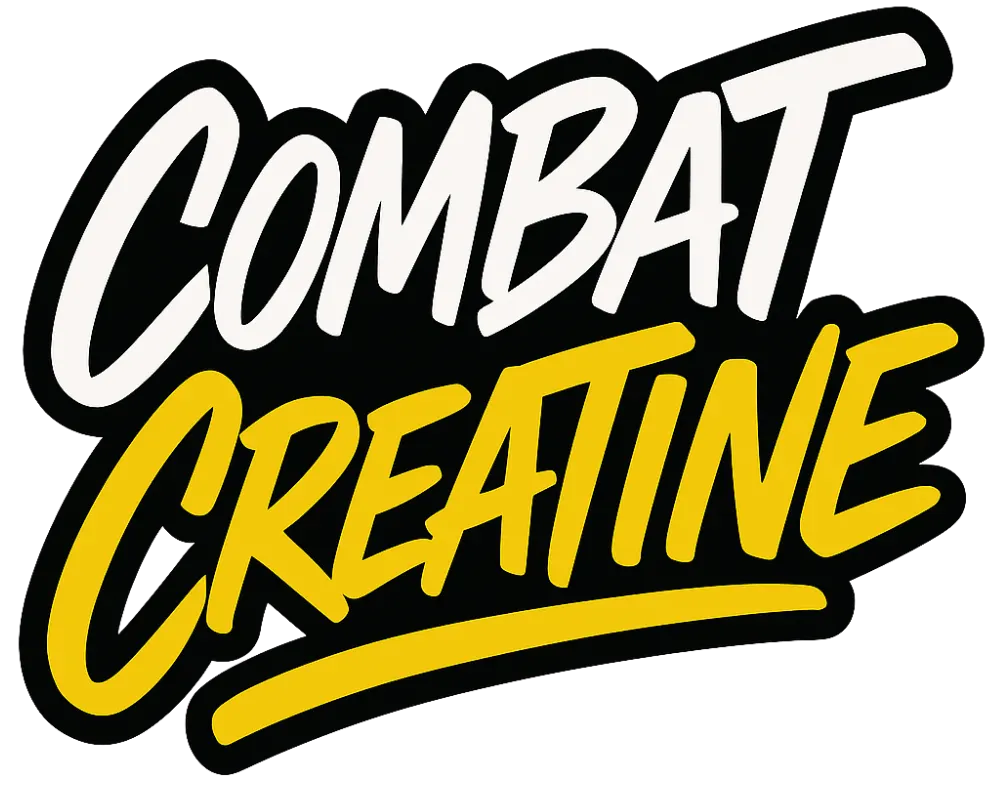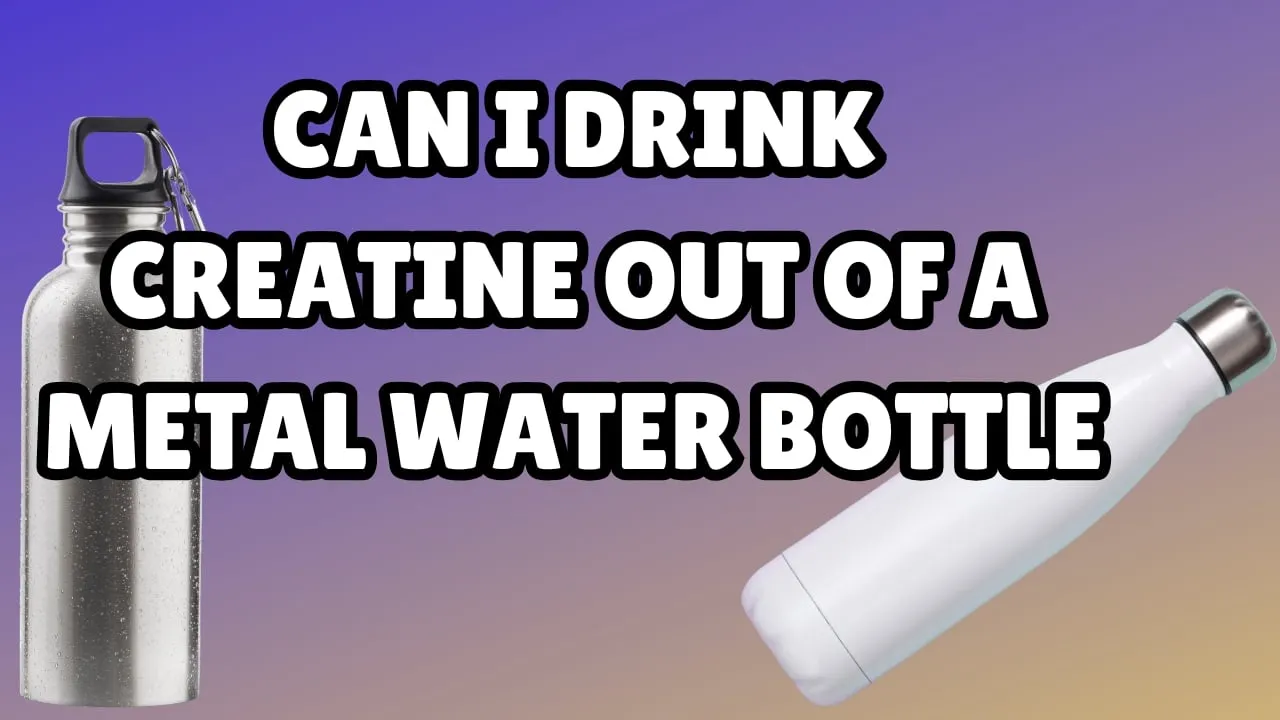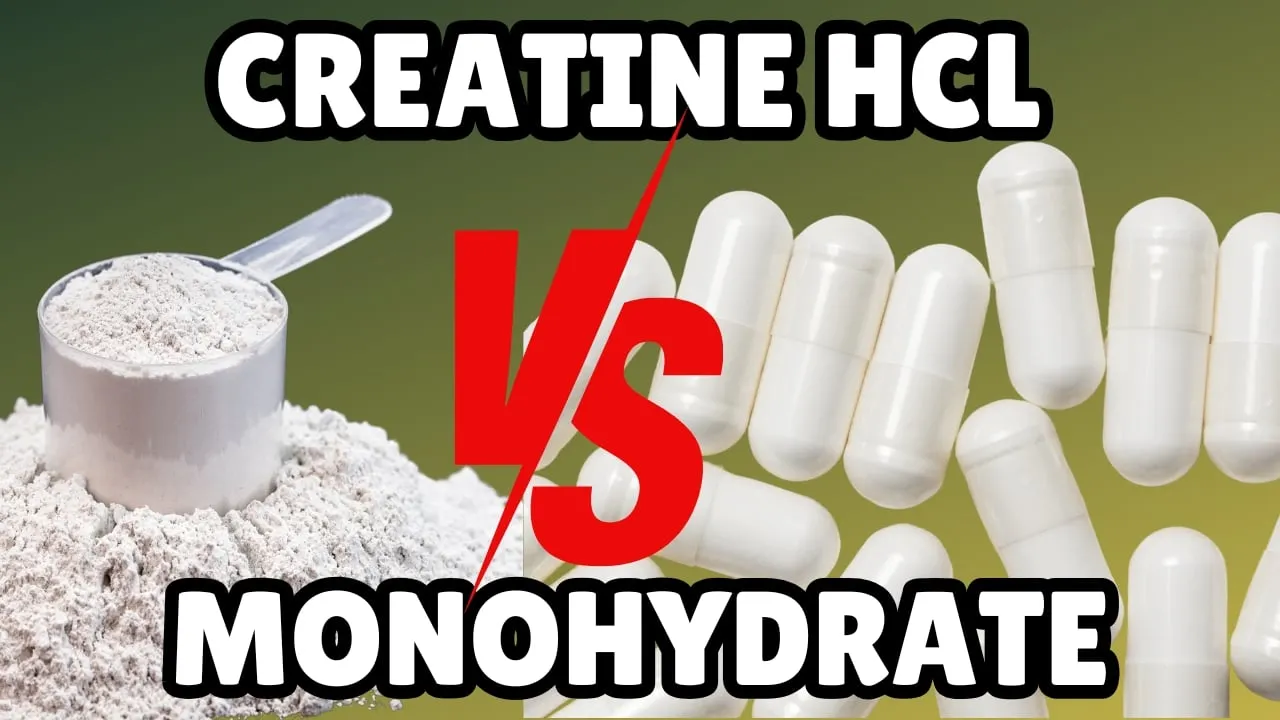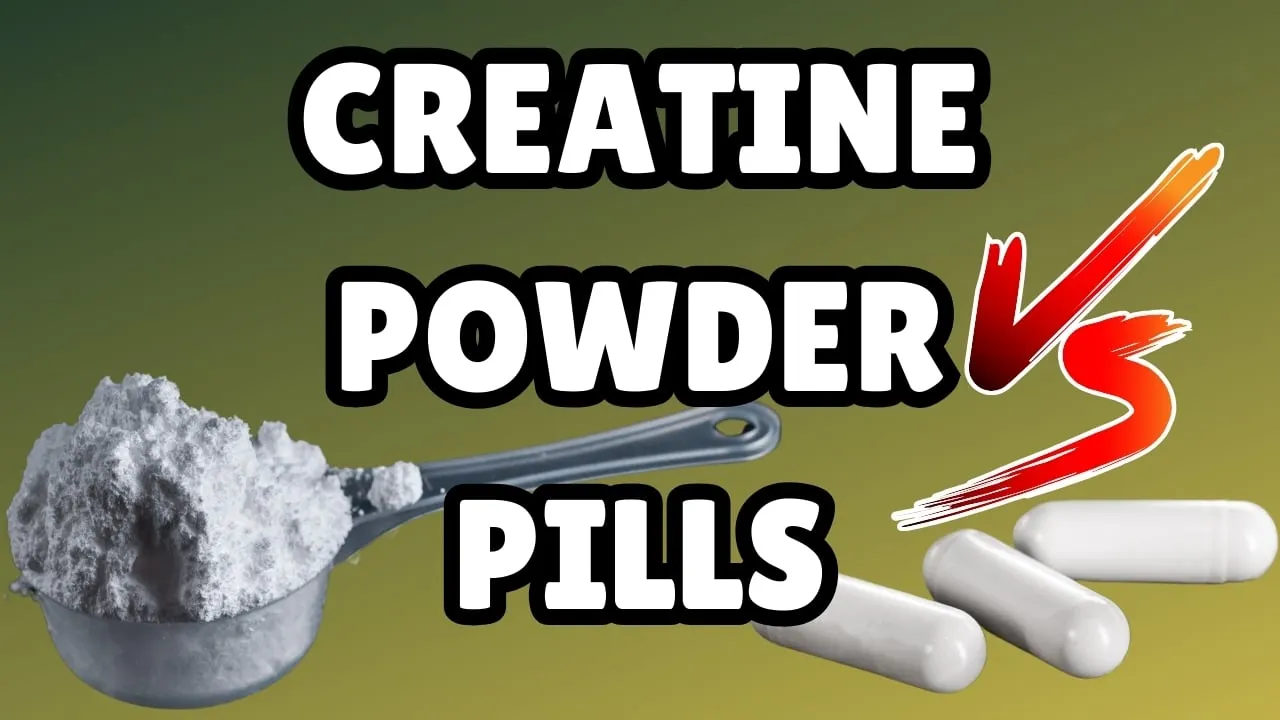Can I Drink Creatine Monohydrate Out of Metal Water Bottle?
Can You Drink Creatine Out of a Metal Water Bottle?
If you’ve ever wondered whether it’s safe and effective to drink creatine from a metal water bottle, you’re not alone.
This question is more relevant than ever as people look for eco-friendly and practical ways to take their supplements.
In this post, we’ll dive into the science and practicalities to help you make an informed choice.
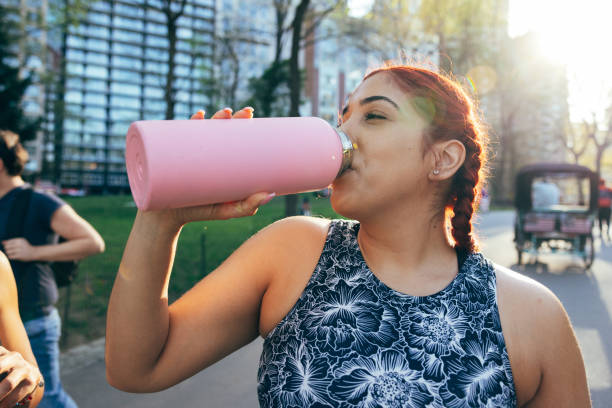
Why Read This Article?
Understanding the right way to drink creatine, including which container to use, can help you maximize its effectiveness while avoiding potential issues.
Whether you’re new to creatine monohydrate or a seasoned user, this guide provides clear answers backed by expert advice.
What Is Creatine and Why Do You Take It?
Creatine is a natural compound stored in muscle cells. It helps produce energy for high-intensity activities like lifting weights or sprinting.
As a supplement, creatine monohydrate is a top choice for improving strength, boosting energy, and aiding muscle recovery.
Mixing creatine powder properly is vital for its absorption. If not dissolved, the powder can settle at the bottom, making your drink less effective and unpleasant to consume.
Use water or a suitable liquid and stir or shake until the powder is fully dissolved.
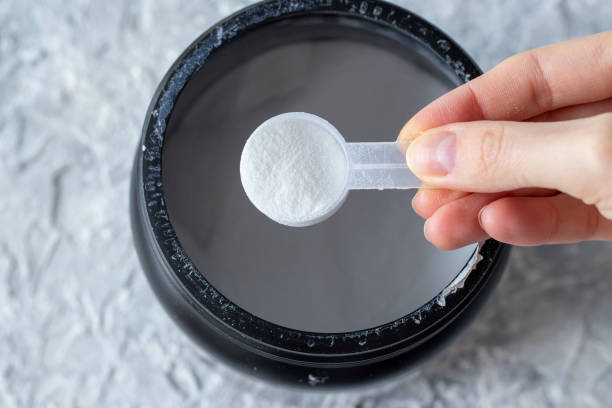
How Does Mixing Creatine in a Metal Bottle Work?
Creatine dissolves well in water but needs proper mixing. When using a metal bottle, add your dose of creatine, usually 3-5 grams, and fill it with water.
Secure the lid and shake the bottle until the creatine powder fully dissolves. Stainless steel bottles are durable and safe for this purpose.
Ensure thorough mixing to prevent creatine from clumping or settling. Stirring or shaking vigorously distributes the powder evenly, ensuring each sip contains the intended dose.
This makes your creatine drink more effective and easier to consume.
Does the Material of Your Bottle Affect Creatine?
The material of your bottle can influence the quality of your creatine drink. Metal bottles, particularly those made of stainless steel, are safe and durable.
Unlike plastic, they don’t leach harmful chemicals. Glass bottles are another option, but they’re less portable and more fragile.
Some metals may react with liquids, altering the taste or safety of the drink. For example, low-quality metals can leave a metallic aftertaste or affect the creatine’s stability.
For related insights, explore creatine-containing foods.

What Happens to Creatine in Metal at Different Temperatures?
Temperature impacts creatine’s stability. At room temperature, creatine remains stable, but extreme heat can degrade it into creatinine, a less effective byproduct.
Cold temperatures, like refrigeration, are safe but can slow dissolution.
To keep your creatine drink stable, use an insulated metal bottle. This maintains an optimal temperature, protecting the supplement’s potency.
Avoid exposing your creatine drink to prolonged heat, like in a hot car, or freezing it, which could affect its consistency.
Are There Safety Concerns with Metal Bottles?
Most stainless steel bottles are food-grade and safe for drinking creatine. They resist corrosion and are free of harmful coatings.
However, avoid using non-food-grade metals, as they may react with liquids, causing residue or unpleasant tastes.
Choose bottles labeled as BPA-free and food-safe. If unsure, check for certifications or consult the manufacturer’s details to ensure the bottle won’t compromise your creatine drink’s quality.
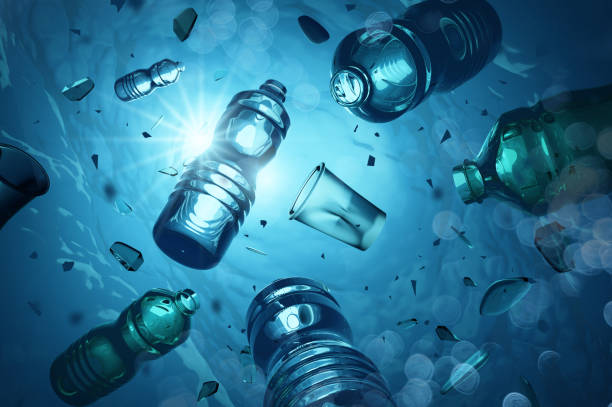
Does Metal Impact the Taste of Your Creatine Drink?
Taste matters when drinking creatine. Metal bottles, if made from high-quality stainless steel, generally preserve the natural flavor of your drink. However, low-quality metals or poor cleaning habits can cause a metallic taste.
To avoid this, clean your metal bottle thoroughly and ensure it’s made from non-reactive materials.
A well-maintained bottle ensures your creatine drink tastes as intended, making it more enjoyable.
How Should You Clean Your Metal Water Bottle After Drinking Creatine?
Cleaning your metal water bottle is crucial for hygiene and taste. After drinking creatine, rinse the bottle with warm water and mild soap. Use a bottle brush to clean any residue, especially if the bottle has a narrow opening.
Pay extra attention to the cap and threads, as residue can build up there. Rinse thoroughly to ensure no soap remains, then let it air dry completely to prevent moisture buildup, which can lead to odors or mold.
For a deeper clean, consider using a mixture of baking soda and water or a specialized bottle-cleaning tablet.
Cleaning regularly ensures your bottle stays fresh and ready for your next workout!

Can Drinking Creatine from Metal Bottles Boost Convenience?
Metal water bottles are highly portable and durable, making them ideal for workouts and travel. Their leak-proof designs and insulation features add to their convenience, ensuring you can drink your creatine comfortably anytime.
If you’re wondering whether you can take creatine on an empty stomach, check out our related article.
What Do Experts Advise About Drinking Creatine from Metal Bottles?
Experts recommend using containers that are easy to clean and don’t alter the drink’s composition.
Metal bottles, particularly stainless steel ones, meet these criteria. They also suggest avoiding prolonged storage of mixed creatine drinks to maintain freshness.
For a deeper understanding of creatine’s mechanisms, read our post on how creatine works.

How to Choose the Right Metal Water Bottle for Creatine?
When selecting a metal bottle, look for features like double-wall insulation, a wide mouth for easy mixing, and a secure lid.
Insulated bottles keep your creatine drink at an optimal temperature, while a wide mouth allows for easier cleaning and mixing.
Key Takeaways
- Safe to Use: Drinking creatine from a metal water bottle is generally safe, especially with stainless steel bottles.
- Mix Properly: Always dissolve creatine thoroughly to maximize effectiveness.
- Maintain Hygiene: Clean your bottle regularly to avoid residue and bacteria.
- Avoid Extreme Temperatures: Use insulated bottles to protect your creatine drink.
- Choose Quality: Invest in a high-grade, food-safe metal water bottle.
Drinking creatine from a metal bottle combines convenience and sustainability, helping you stay hydrated and perform at your best!
For additional tips on using creatine effectively, don’t miss our article on taking creatine without working out.
References
Ganguly, Sudipta & Jayappa, Sheela & Dash, Alekha. (2003). Evaluation of the stability of creatine in solution prepared from effervescent creatine formulations. AAPS PharmSciTech. 4. E25. 10.1208/pt040225.
Moret, Sabrina & Prevarin, Annalisa & Tubaro, Franco. (2011). Levels of creatine, organic contaminants and heavy metals in creatine dietary supplements. Food Chemistry - FOOD CHEM. 126. 1232-1238. 10.1016/j.foodchem.2010.12.028.
For More Training Advice + Diet and Lifestyle visit us Combat Creatine
PS: Make sure you check out the rest of our Creatine Guides:
Creatine
Buffered Creatine vs. Creatine Monohydrate
Does Creatine Make You More Vascular
Can the Use of Creatine Cause Nose Bleeds Can You Take Creatine While on Accutane
